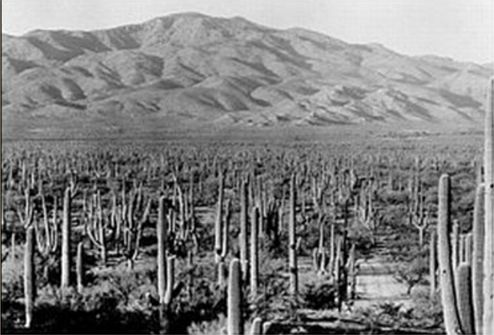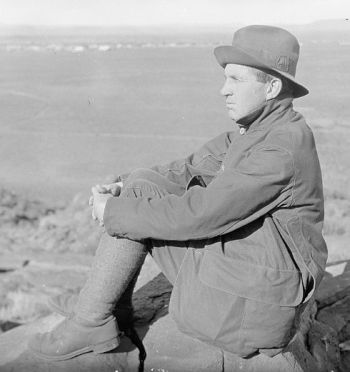Birth of Saguaro National Park

The thick saguaro forest at the foot of the Rincons — 1935
Birth of Saguaro National Park |

The thick saguaro forest at the foot of the Rincons — 1935 |
||
 Homer LeRoy Shantz |
Homer Shantz was a young botanist when he visited the Hill in the second decade of the twentieth century. There Forrest Shreve introduced him to the plight of Tumamoc's saguaros. They had produced no babies for decades. No one believed the species could survive much longer in Tucson. And no one would have believed that Shantz would get fired for trying to save them.
Hope took the shape of an extremely dense stand of saguaro growing about sixteen miles east of Tucson in the foothills of the Rincon Mts. In 1920, the Natural History Society of the University of Arizona decided to try to set aside some of that land to rescue the cactus. But the project failed for lack of funds. | ||
|
President Shantz had to hurry though. His influence was largely limited to mucketymucks in the Republican Party, and the Dems had won the 1932 presidential election. He succeeded. A few days before the end of his term as President of the USA, 1 March 1933, Herbert Hoover signed the executive order proclaiming the Saguaro National Monument. Yet most of the desert portion of the monument still belonged to Arizona or to the university itself.
Only after many decades of research did we figure out that times of successful saguaro reproduction are rare and episodic. About once or twice a century, a local population has a boom period. The first decades of the twentieth century were simply not one of those periods on Tumamoc Hill. Since then, there has been a really strong one and saguaro again flourish on the Hill. |
|||